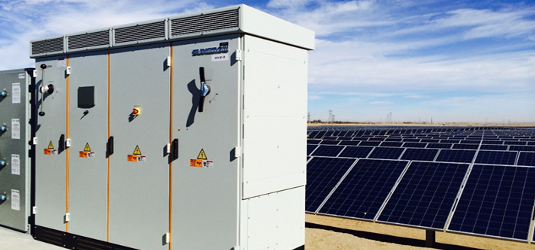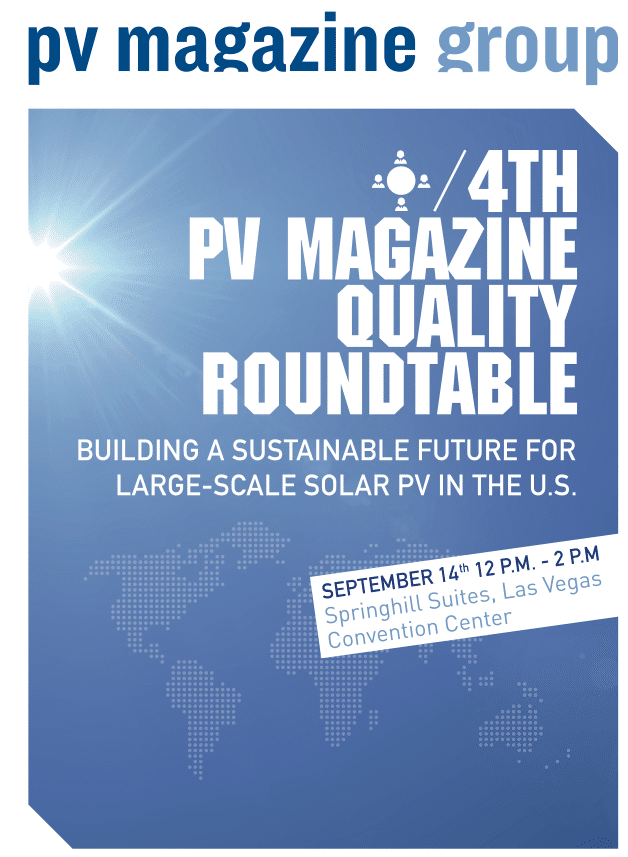Perhaps the residential solar component with the shortest life expectancy is the inverter, which is typically covered for only 10 years within a total system lifetime expectancy of 20 or more years.
However, many inverters fail to hit the 10-year mark. The Solar Engineering & Manufacturing Association (SEMA), based in Santa Ana, California, found several years ago that about 10 percent of all solar inverters had failed within seven years.
Such a failure rate could bode poorly for mega-installers that package large groups of residential installations as a securitization sold to unknowing investors. Who carries the warranty in such cases? Perhaps the installer, perhaps the insurer and perhaps it’s just hard to get satisfaction.
One residential installer highly focused on quality claims not to be a fan of either microinverters nor power optimizers. “I don’t have the metrics to confidently quantify specific failure rates, but let’s just say that they are often enough to create a challenge for the service department,” Steven Kane, the customer service and O&M engineer for Boulder, Colo.-based Namaste Solar, told pv magazine.
Interested in discussing quality?
Come to our roundtable at SPI in Las Vegas, 12 p.m. to 2 p.m. on September 14.
-> More information
To register for free, email us at:
-> roundtable@pv-magazine.com
“I do see more stability with DC optimizers — like SolarEdge, which is very good — and failure do not occur with them too often,” he says. “The DC optimizers have ceramic capacitors, while the microinverters have electrolytic capacitors; the ceramic models are more stable and have a lower failure rate,” he says.
Better communications will help. “One problem with detecting failures is a breakdown in the network based data communications on the customer side; I’m more of a fan of cellular connections independent of the customer line,” explains Kane.
“I don’t know if it is a funding problem for the suppliers, but some companies do have extra hardware in stock, whether it is the same model or a newer, better one. It is absolutely a problem to get returned merchandise authorizations; you just can’t get them from some manufacturers even if the equipment is still under warranty.”
The cost of servicing residential solar systems will only rise as time goes on. “We charge $200 for the first hour of a truck roll with two guys, then after materials costs, it can be significant to replace inverters and wiring on arrays,” he says.
Editor’s Note: These issues and others will be explored at pv magazine‘s Quality Roundtable at the Solar Power International trade show in Las Vegas on September 14.
Building a Sustainable Future for Large-Scale Solar PV in the U.S.
- 12 p.m. to 2 p.m. on September 14, 2016 during SPI in Las Vegas
- Springhill Suites at Las Vegas Convention Center
- Register at no cost at: roundtable( at )pv-magazine.comTarget audience: Asset managers, EPCs, operations & maintenance suppliers (O&M), system designers and independent engineers, financial institutions, insurance companies, investors, system owners (utilities, gencos, IPPs, as well as C & I system owners), certification and testing bodies, research institutes and universities, industry associations, government entities, codes & standards and regulatory agencies.
- MCs: pv magazine
- More information
| Initiative sponsor partner: | Gold sponsor: | Gold sponsor: |
 |  | |
| Supported by: | Supported by: | |
 |
This content is protected by copyright and may not be reused. If you want to cooperate with us and would like to reuse some of our content, please contact: editors@pv-magazine.com.










By submitting this form you agree to pv magazine using your data for the purposes of publishing your comment.
Your personal data will only be disclosed or otherwise transmitted to third parties for the purposes of spam filtering or if this is necessary for technical maintenance of the website. Any other transfer to third parties will not take place unless this is justified on the basis of applicable data protection regulations or if pv magazine is legally obliged to do so.
You may revoke this consent at any time with effect for the future, in which case your personal data will be deleted immediately. Otherwise, your data will be deleted if pv magazine has processed your request or the purpose of data storage is fulfilled.
Further information on data privacy can be found in our Data Protection Policy.